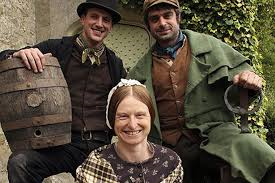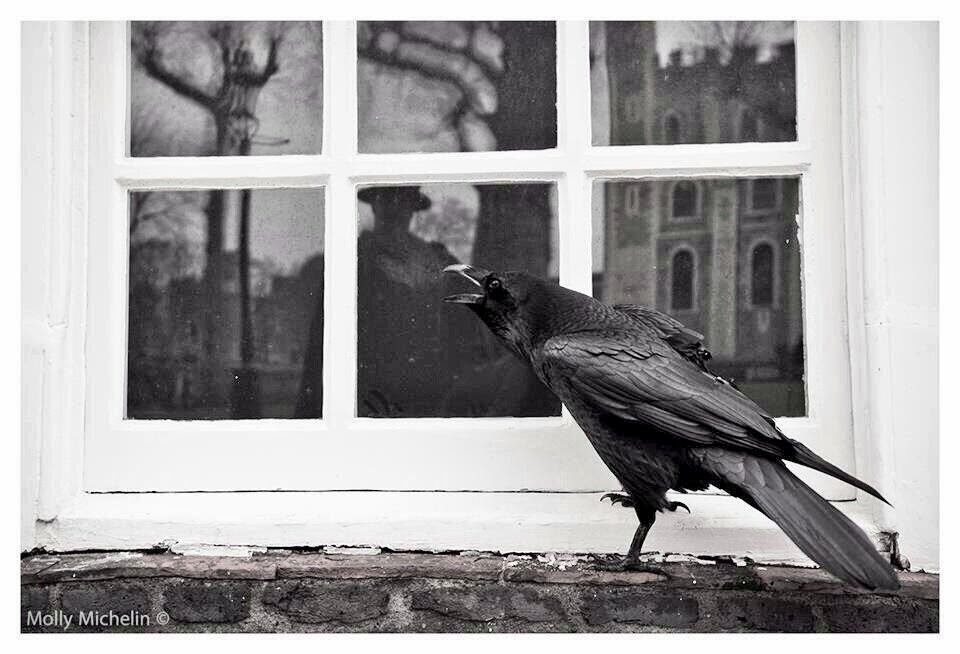Not so long ago, Victoria and I believed that we had the itinerary for The Wellington Tour finalized and that it was done and dusted, but instead we’re finding that it’s a fluid, ever evolving thing. One could even say that it’s got a life of its own. I recently received an email from the curator at the Tower informing Victoria and me that they were going to be mounting an exhibition this summer on the Duke of Wellington’s influence upon and changes to the Tower made whilst he was both Constable of the Tower and Prime Minister.
While we don’t have complete details regarding the Exhibition as yet, Victoria and I deemed it important that we take it in during The Wellington Tour in September. Accordingly, we have changed the itinerary by substituting the Tower of London for St. Paul’s Cathedral on Saturday, September 6th. Until further details arrive, you can read on to learn more about Wellington’s influence on the Tower of London.
Above – Items belonging to the Duke of Wellington shown previously at the Tower. Read more here.
From the Tower of London website:
The Duke of Wellington was Constable of the Tower from 1826 to 1852. Under his invigorating leadership the increasingly smelly and sluggish moat was drained and converted into a dry ditch.

The Grand Storehouse was destroyed by fire in 1841. The Duke arranged to clear the rubble and started work on a huge new barracks, to accommodate a thousand men. On 14 June 1845 the Duke laid the foundation stone on the barracks named after his greatest victory – Waterloo.
London 1840s was the scene of rallies and disturbances by Chartists demanding electoral reform. The Tower exerted its traditional role of state power over the people, probably for the last time. More defences were constructed, including a huge brick and stone bastion that finally succumbed to a Second World War bomb, but the Chartist attack never materialised.
It was also at the beginning of this century that many of the Tower’s historic institutions departed. The Royal Mint was the first to move out of the castle in 1812, followed by the Menagerie in the 1830s, which grew to become London Zoo. The Office of Ordnance was next to leave in 1855 and finally, the Record Office relocated in 1858. An increasing interest in the history and archaeology of the Tower led to a process of ‘re-medievalisation’ in an attempt to remove the unsightly offices, storerooms, taverns, and barracks and restore the fortress to its original medieval appearance.

Visitor numbers increased dramatically in the 19th century. now it was not just privileged sightseers (who were paying for a guided tour as early as the 1590s), but ordinary people who enjoyed a day out at the Tower. In 1838 three of the old animal cages from the Menagerie were used to make a ticket office at the eastern entrance where visitors could buy refreshments and a guidebook. By the end of Queen Victoria’s reign in 1901, over half a million people were visiting the Tower each year.
You can find more details about The Duke of Wellington Tour here.
Read on for an account of the ceremony swearing in the Duke of Wellington as constable of the Tower from The Life and Campaigns of Arthur, Duke of Wellington by George Newenham Wright (1841) by clicking here.
And you can see almost daily pictures of the Tower ravens posted by Ravenmaster on Twitter by clicking here. Black and white photo above (Beefeaters at Tower gate) also supplied by same.














